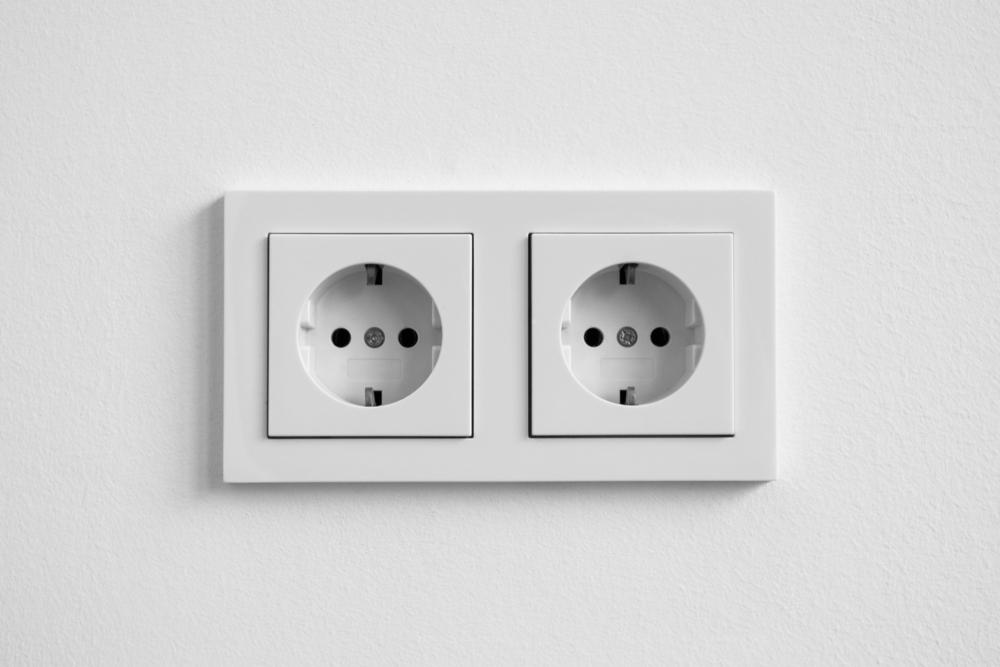
Electrical outlets are an essential part of our daily lives, powering everything from our kitchen appliances to our smartphones. While most of us are familiar with the standard white or beige outlets, you may have noticed some outlets that are red. But why are some electrical outlets red? What is their purpose and where are they used? This comprehensive guide will answer all these questions and more.
Red electrical outlets are typically found in hospitals and medical facilities, and their red color indicates that they are connected to emergency backup power systems. This helps medical staff quickly identify where to plug in critical equipment during power outages or emergencies. They are also often marked with a green dot, indicating that they are hospital-grade and designed to provide a higher level of safety and reliability.
What Are Red Electrical Outlets?
Red electrical outlets, also known as receptacles or sockets, are not your everyday power outlets. They are typically found in hospitals and medical facilities, where they serve a critical function. These outlets indicate that they are connected to emergency backup power systems. The bright red color helps nurses, doctors, and hospital staff quickly and clearly identify where to plug in critical equipment during an emergency situation.
Purpose of Red Electrical Outlets
The primary purpose of red electrical outlets is to provide a clear visual indication of an outlet’s connection to emergency backup power. These outlets are most commonly used in hospitals and medical facilities. The bright red color helps medical professionals identify these outlets quickly during emergency situations, ensuring that essential life-saving equipment remains operational during power outages or other emergencies.
Safety Features of Red Electrical Outlets
Red electrical outlets are associated with several safety features. They are connected to emergency backup power systems, which usually consist of a combination of battery backup and generator power. This ensures that essential equipment continues to function even during power outages, contributing to the overall safety of the establishment.
Furthermore, red outlets are often marked with a green dot, indicating that they are hospital-grade. This means they are designed to provide a higher level of safety and reliability compared to standard outlets.
Installation and Regulations of Red Electrical Outlets
While there are specific guidelines and regulations for the installation and use of red electrical outlets in hospitals, these requirements may vary depending on the jurisdiction and local building codes. It’s always essential to consult local regulations and a professional electrician to ensure compliance with specific requirements in your area.
Risks Associated with Red Electrical Outlets
While red outlets themselves do not pose any inherent risks or downsides, potential issues may arise if the outlets are improperly installed, damaged, or outdated. Regular inspections and timely replacement of damaged or outdated outlets can help ensure safety and prevent potential hazards.
Costs of Red Electrical Outlets
Red electrical outlets typically cost more than standard outlets due to their connection to backup power systems. However, if you require an outlet with backup power capabilities for critical equipment, red outlets may be worth the investment.
Determining the Correct Amperage for Red Electrical Outlets
The amperage of a red electrical outlet can vary, but a common specification is 15 Amps and 125 Volts. If you are uncertain about the correct amperage for your specific red electrical outlet, consult an electrician or refer to the manufacturer’s specifications.
In conclusion, red electrical outlets play a crucial role in hospitals and medical facilities, ensuring the continuous operation of critical equipment during power outages or emergencies. They are a vital part of our healthcare system, contributing to the safety and reliability of medical services. Whether you are a healthcare professional, a facilities manager, or just a curious individual, understanding the function of these red outlets can provide useful insight into the complex world of electrical systems.
Frequently Asked Questions
Can red electrical outlets be installed in residential properties?
Yes, red electrical outlets can technically be installed in residential properties. However, they are typically used in commercial and industrial settings, especially hospitals and medical facilities, due to their connection to emergency backup power systems.
Are there other color-coded electrical outlets?
Yes, besides red, there are also orange and green outlets. Orange outlets are isolated ground receptacles, offering a dedicated path to ground that helps reduce electrical noise. Green outlets are typically found in commercial and industrial settings, indicating that they are connected to a ground fault circuit interrupter (GFCI) that protects against electrical shock hazards.
Can I install a red electrical outlet myself?
It’s highly recommended to hire a professional electrician to install red electrical outlets. These outlets are connected to emergency backup power systems, which require careful and correct installation to ensure safety and proper functioning. Always consult with a professional to avoid any potential risks or violations of local building codes.
How often should red electrical outlets be inspected?
It’s recommended to inspect red electrical outlets regularly, typically once a year, to ensure they are in good condition and functioning correctly. However, the frequency of inspections may vary depending on local regulations or the specific requirements of the facility where the outlets are installed.
What does the green dot on red electrical outlets signify?
The green dot on red electrical outlets signifies that they are hospital-grade. This means they are designed to provide a higher level of safety and reliability compared to standard outlets, making them suitable for use with critical medical equipment.











